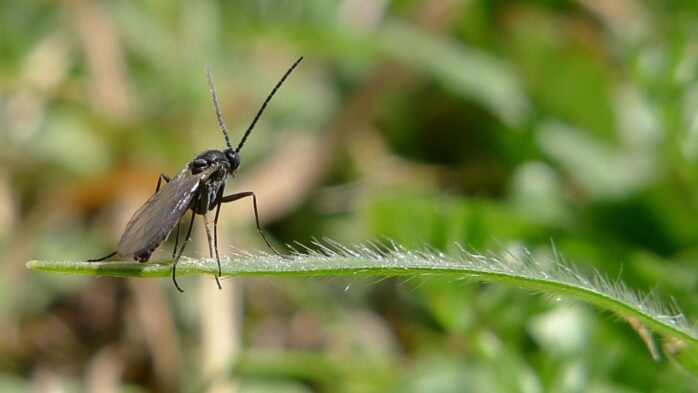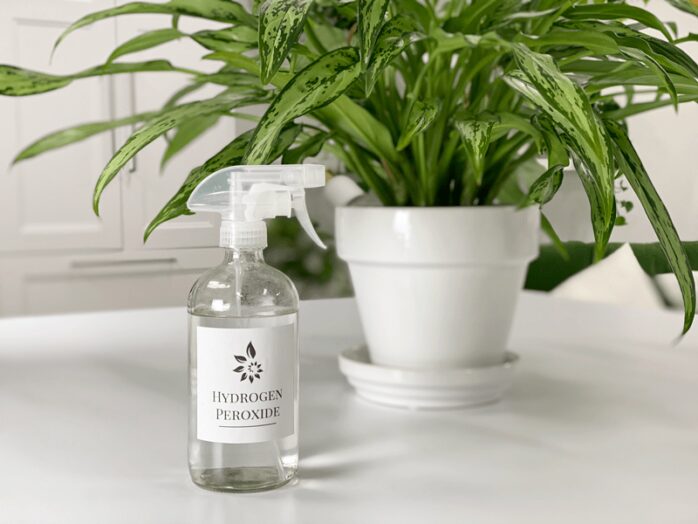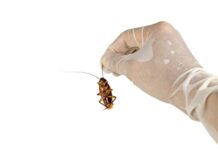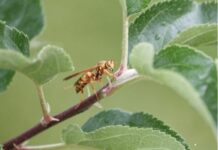
Growing plants is no less than raising a baby. It takes huge amounts of time, patience, and care to grow these plants and trees to be healthy. However, there are many insects that feed on your lush green plants and leach away all the nutrients from them.
Fungus gnats are one such species that are about one-eighth of an inch; however, the havoc they cause is gigantic. So, if you are wondering how to get rid of these pesky tiny fungus gnats, read this article to find out the remedy!
What Are Fungus Gnats?

The first step to getting rid of the pests affecting your plants is to identify them because different pests can be gotten rid of plants in different ways. Fungus gnats are usually black in color with thin wings. They also have long legs and antennae.
These species have a really short life span but the extent of damage they cause in this time period is enough to destroy your crops or plants. However, you do not have to worry because we are here with the right solution for you!
Identifying Fungus Gnats
These fungus gnats usually feed in clusters and hence do not fly off to far distances. These insects are generally more abundant when and can be found hovering around indoor plants in late fall and winters.
Unfortunately, there might be other species that might resemble these fungus gnats, so here is a simple way in which you can verify if your garden or plants are actually infected by fungus gnats.
The Raw Potato Test
Before you go out and try the remedy for getting rid of fungus gnats, place a piece of raw potato near the soil that has infected plants. If you spot larvae after lifting this potato piece after a few hours, you can be sure that fungus gnats have ambushed them!
Fungus gnat larvae feed on the organic matter of soil, fungi, and on other growing mediums as they develop into adult gnats, and this is how you can find the larvae on the potato strip.
You can also spot these fungus gnats hovering around light sources. Therefore, if you spot both of these observations, get ready to apply the remedy as soon as possible!
How to Get Rid of Fungus Gnats?

Hydrogen peroxide works magically by getting rid of these insects. It is also one of the most common household items often stored in the medicine cabinet as it is both good for maintaining health and beauty.
The best part is that this foamy liquid can help you get rid of fungus gnats without affecting your plants!
So, here are three ways in which hydrogen peroxide can help you.
Hydrogen Peroxide for Indoor Plants
If you notice an infestation on your indoor plants, allow the growing medium to dry out for a day or two. For the treatment, mix about one part hydrogen peroxide with four parts water. Once the mixture is ready, replace it with the regular water you use every day to water your plants. Ensure that all of your plants receive this mixture.
You might notice fizzing when the mixture falls on the growing medium; however, do not panic as this is normal, and fungus gnat larvae die on contact. Later, the peroxide gets converted to oxygen and water that are completely safe.
Hydrogen Peroxide Spray

The above-mentioned method works perfectly on the larvae; however, you might still notice adult gnats hovering around, and there is a risk of them laying a fresh batch of eggs on the growing medium.
It is also important to get rid of the adult gnats if you want your plants to be completely free of the fungus gnats. Therefore, use the same mixture, but this time pour it into a spray bottle. Now, spray this mixture onto plant leaves and stems and any other regions where you find the adult fungus gnats hovering around.
Hydrogen Peroxide Soil Drench
Sometimes, the infestation might be too abundant, and the methods mentioned above might fail at getting rid of these gnats completely. This is when you need to act quickly. Stop watering the plants and shift them to an open location like a sink.
Use the hydrogen peroxide and the water mixture to drench the soil in it thoroughly. Ensure that you keep pouring the mixture until the liquid starts flowing out from the drainage holes of the soil pots.
Wait for about ten minutes and repeat the same procedure again. This not only kills the larvae but also flushes out their carcasses out of the growing medium.
How to Prevent Reinfestation?
You might have gotten rid of fungus gnats, but the risk of them coming back again still remains high.
Here are a few ways in which you can prevent their reinfestation!
- Reduce the amount of water supplied to the growing medium. Fungus gnats thrive in moist and warm environments in which seeds usually germinate. By reducing the amount of water, you can ensure that the environment is not conducive to them anymore.
- If these gnats affect your outdoor manure or compost piles, treat them with the peroxide mixture until saturation. Let the compost dry off completely.
- Always try to keep manure and compost away from the potted plants, greenhouse plants, and your garden plants because these plants are at a higher risk of getting attacked by fungus gnats when moist compost is near these plants.
- Ensure that you never feed your plants a surplus of manure, blood meal, or any other organic matter that can attract fungus gnats.
- Seal any cracks in the windows and doors, use meshes, and cover any other openings to prevent fungus gnats from coming inside.
Final Words
Fungus gnats themselves may not pose an immense threat to the growth of your plants. However, they often lay eggs in these growing mediums, which later become larvae with voracious appetites.
With hydrogen peroxide, you can ensure that your indoor plants and gardens stay protected from fungus gnats!






